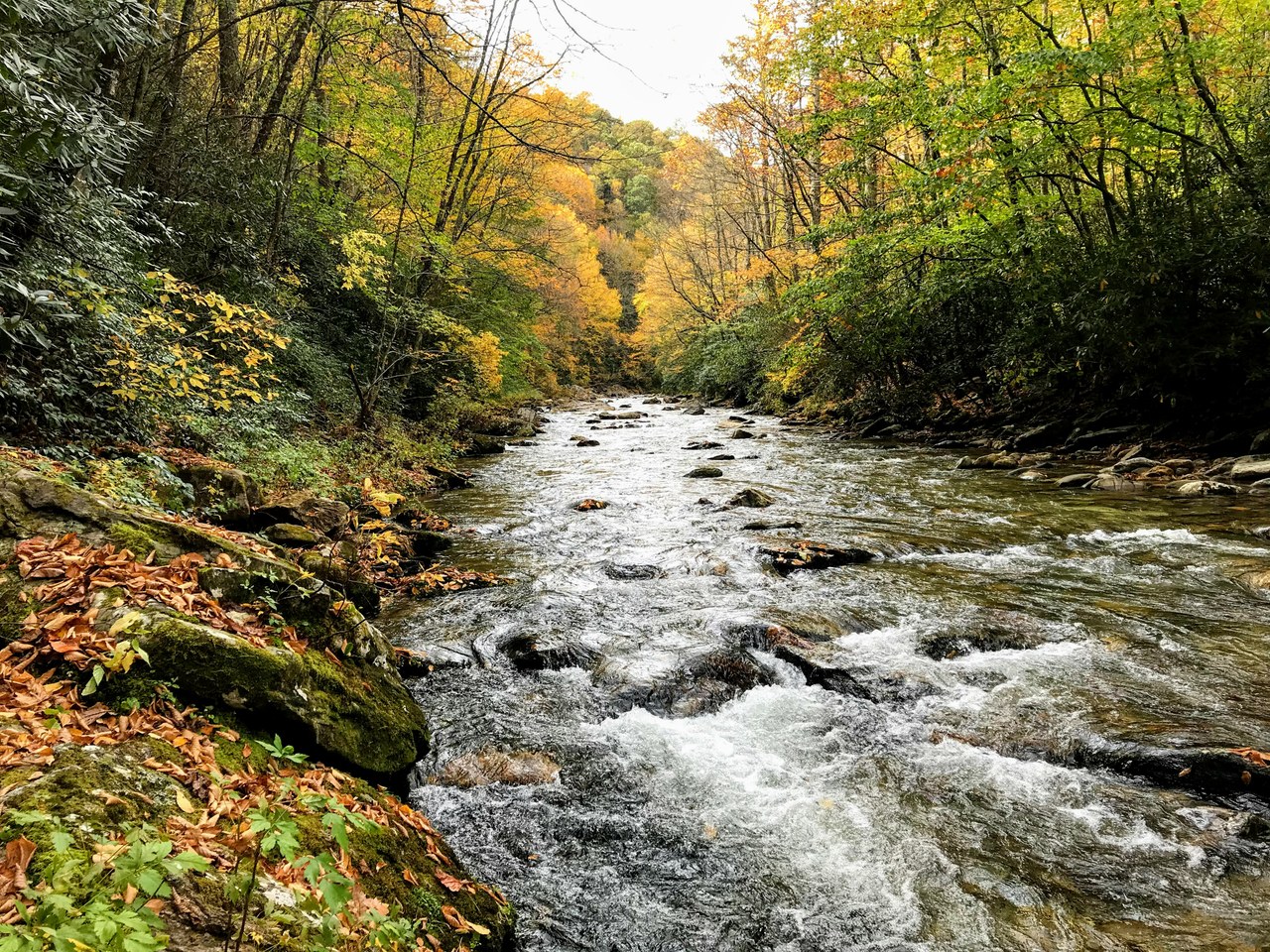Forests Protect Our Waterways
Forested Buffers Protect Our Waterways
by Brian Rhodes

Healthy waterways are at the heart of thriving landscapes, and as a landowner, you play a crucial role in keeping these waterways clean and vibrant. Streams and rivers do more than carry water; they nourish crops, support livestock and wildlife, and help maintain the health of our communities. One of nature's most effective guardians of these waterways is the riparian buffer—a belt of trees, shrubs, and grasses alongside rivers and streams. These forested buffers are powerful natural solutions that filter pollution, stabilize stream banks, and provide vital habitats for many species—all while adding value to your land.
What Are Riparian Buffers and Why Do They Matter?
Riparian buffers are areas of trees, shrubs, and other vegetation planted or left intact along waterways. These buffers act as a natural barrier, capturing runoff and filtering out harmful pollutants before they reach the water. For landowners, riparian buffers are a simple yet effective tool that protects the health of streams and rivers and adds value to your land. Let’s explore the key benefits of riparian buffers and how they directly impact you.
1. Filtering Pollutants: Nature’s Best Defense
Rain on your land can pick up nutrients, pesticides, and sediment—substances that can harm nearby water bodies. Riparian buffers act like nature's water filter, trapping these pollutants before they reach streams and ponds. This natural filtration helps reduce harmful algal blooms and other pollution problems that affect water quality.
Benefits for You: Cleaner water means better quality for crops and livestock, safer recreational opportunities, and healthier fishing conditions. By preventing pollutants from entering waterways, riparian buffers ensure that your property remains healthy and productive and that your water remains clean.
2. Preventing Erosion: Strong Roots for Strong Stream Banks
During heavy rainstorms, riparian buffers are essential in holding stream banks together. The roots of the trees and shrubs in these buffers act like natural anchors, keeping the soil in place and reducing erosion. Without this vegetation, stream banks can quickly wear away, leading to increased sediment in the water, which harms aquatic life and water quality.
Benefits for You: Stable stream banks mean less loss of valuable soil, less property damage, and fewer costly repairs. By reducing erosion, you also maintain the integrity of your land, keeping it productive and valuable.
3. Supporting Local Wildlife: Creating Habitats
Riparian buffers do more than protect the land—they provide vital habitats for wildlife. These areas offer food, shelter, and migration pathways for various animals, from insects and fish to birds and mammals. The shade from trees helps regulate water temperature, which is essential for fish like trout that thrive in cold water.
Benefits for You: A diverse wildlife population adds beauty and vitality to your property. You can enjoy more opportunities for birdwatching, fishing, and eco-tourism. Healthy wildlife populations also help naturally control pests and contribute to a balanced ecosystem, making your land healthier and more enjoyable.
4. Building Climate Resilience: Protecting Against Extreme Weather
Landowners are experiencing more extreme weather events, such as strong storms, heavy rains, and flooding. Riparian buffers help protect property by absorbing and slowing down runoff, acting like sponges that soak up excess water and release it slowly. This helps reduce flooding impacts and stabilize water flow.
Benefits for You: Less flood damage means fewer costly repairs and less stress when extreme weather hits. Riparian buffers invest in your land's long-term resilience, ensuring that your property can better withstand climate challenges.
5. Contributing to a Healthier Watershed: Community and Environmental Benefits
Riparian buffers benefit individual properties and contribute to the health of the entire watershed. By improving water quality and reducing erosion locally, riparian buffers help ensure that downstream water bodies are healthier.
Benefits for You and Your Community: Healthy watersheds mean cleaner water supplies, better fishing, and improved recreational opportunities for everyone. By maintaining riparian buffers, you’re not just enhancing your land—you’re contributing to a larger community effort that benefits everyone who relies on these shared water resources.
6. Financial Incentives and Support: A Win-Win for Landowners
The great news is that you don’t have to do this alone. Programs like the USDA’s NRCS Working Lands for Wildlife provide technical and financial support to help you establish or maintain riparian buffers on your property. These partnerships are designed to make implementing conservation practices that protect your land while benefiting the environment more accessible.
Benefits for You: Participating in these programs can reduce the costs of establishing riparian buffers. You also gain long-term value through improved land quality, better water management, and enhanced property resilience. Many initiatives offer financial incentives, making it more feasible to undertake these valuable conservation practices.
Take Action: Protect and Improve Your Land with Riparian Buffers
Forested buffers may seem like a simple strip of trees, but their impact is anything but small. They keep streams clean, soil in place, and land thriving. Riparian buffers are essential to our natural infrastructure by filtering pollutants, stabilizing stream banks, providing critical habitat, and building climate resilience.
As a landowner, you have a unique opportunity to contribute to this effort. By expanding and maintaining these vital areas, you can ensure that they continue to provide benefits for generations to come—improving the health of your land, supporting wildlife, and making a lasting positive impact on your community.
Ready to Get Started?
Contact your local NRCS office to learn more about how you can get support for installing or maintaining riparian buffers. Together, we can protect our waterways and ensure a healthier, more resilient future for everyone.























